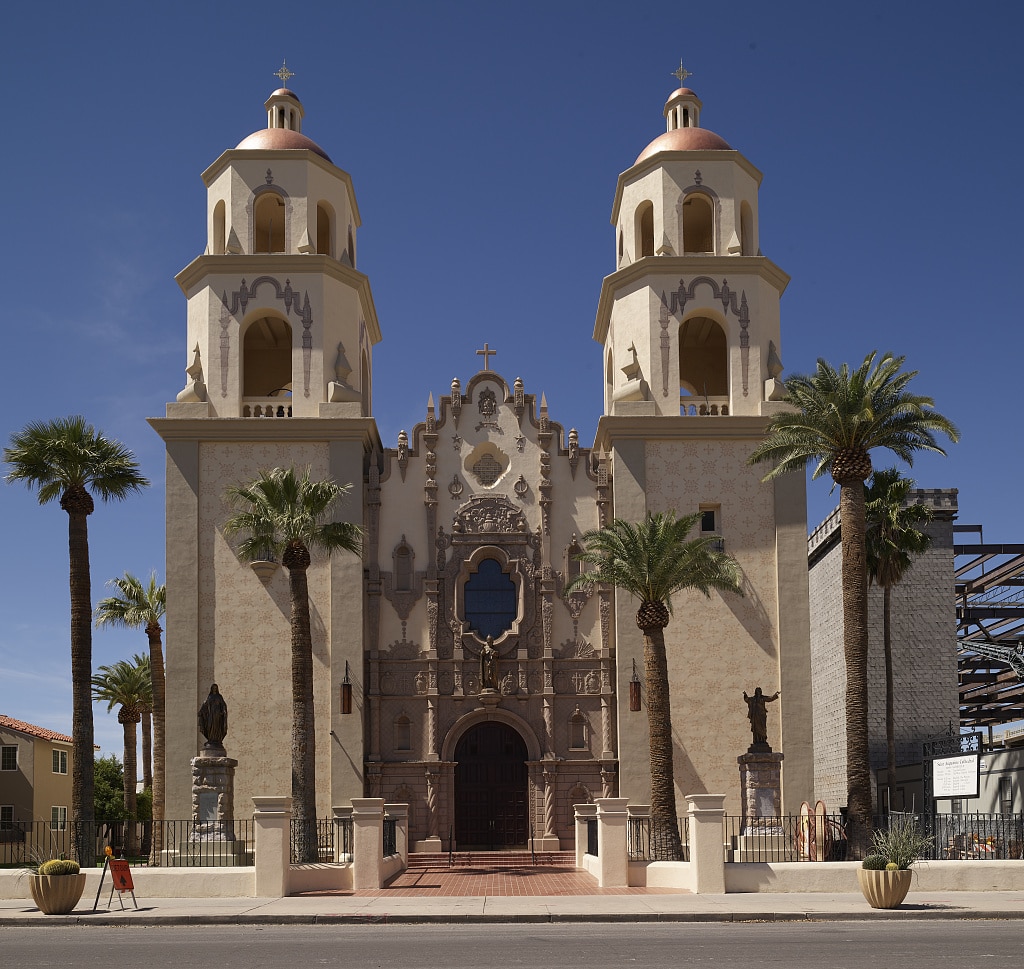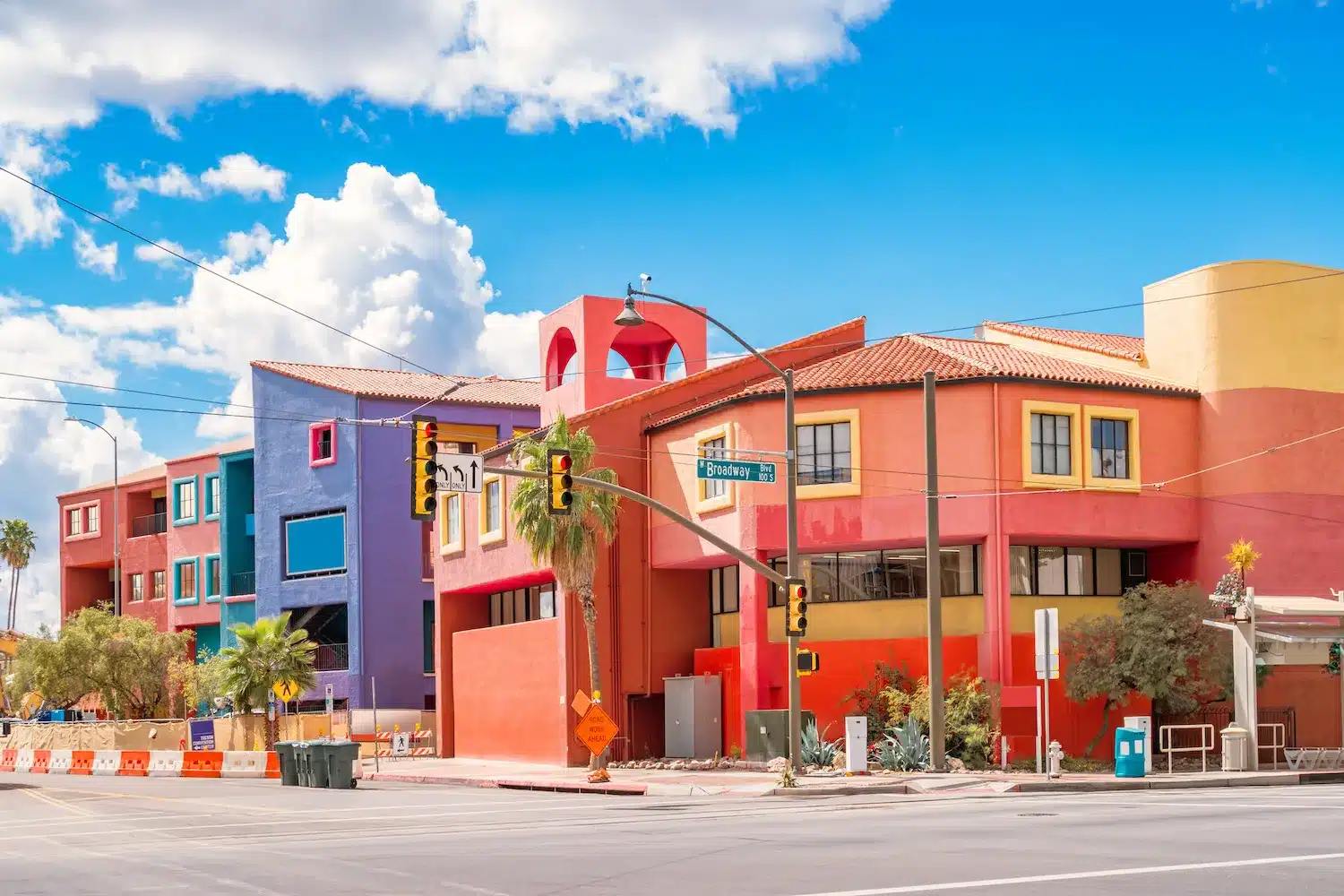Tucson, Arizona experiences a desert climate with warm winters and very hot summers. Here’s what you can expect during different times of the year:
Spring (March-May): Temperatures start to rise in spring, with average highs in the 70s and 80s (degrees Fahrenheit). This can be a good time to visit if you want to enjoy outdoor activities before the intense heat of summer.
Summer (June-August): Summers in Tucson are extremely hot, with average highs in the 100s. This can limit outdoor activities during the day, but the city often cools down in the evenings. Monsoon season begins in mid-June and lasts until the end of September, which brings rain and humidity.
Fall (September-November): Fall sees the heat of summer gradually diminishing, with average high temperatures in the 80s and 90s. The rain of the monsoon season typically tapers off by the end of September.
Winter (December-February): Winters in Tucson are mild, with highs in the 60s and 70s. This can be a pleasant time to visit, particularly if you’re looking to escape colder winter weather elsewhere.
In general, the best time to visit Tucson depends on what you want to do. If you’re looking to explore the outdoors and don’t mind the heat, spring can be a good time. If you want to avoid the heat, fall and winter are better options. As always, check the current weather forecast before you travel.







